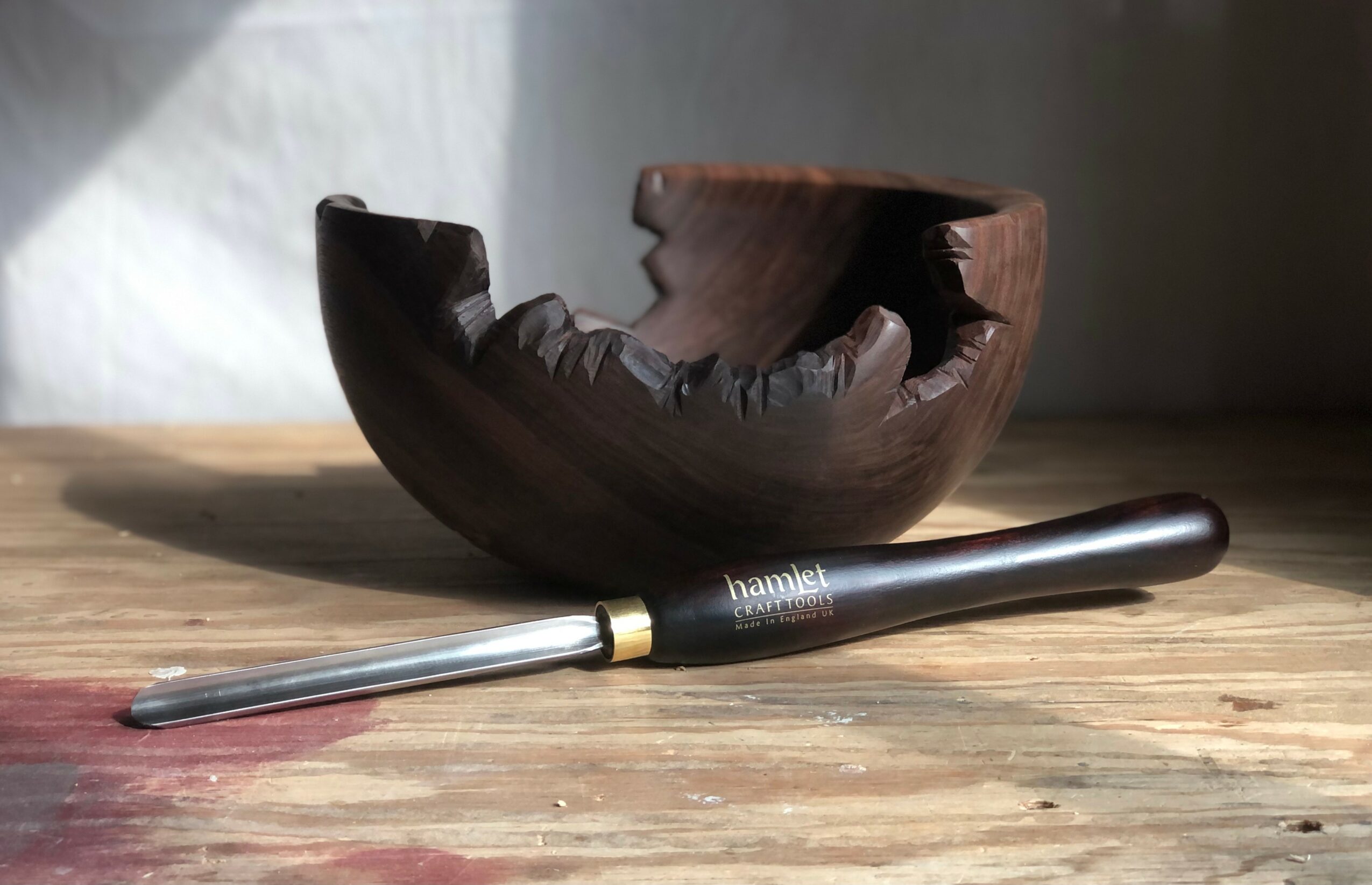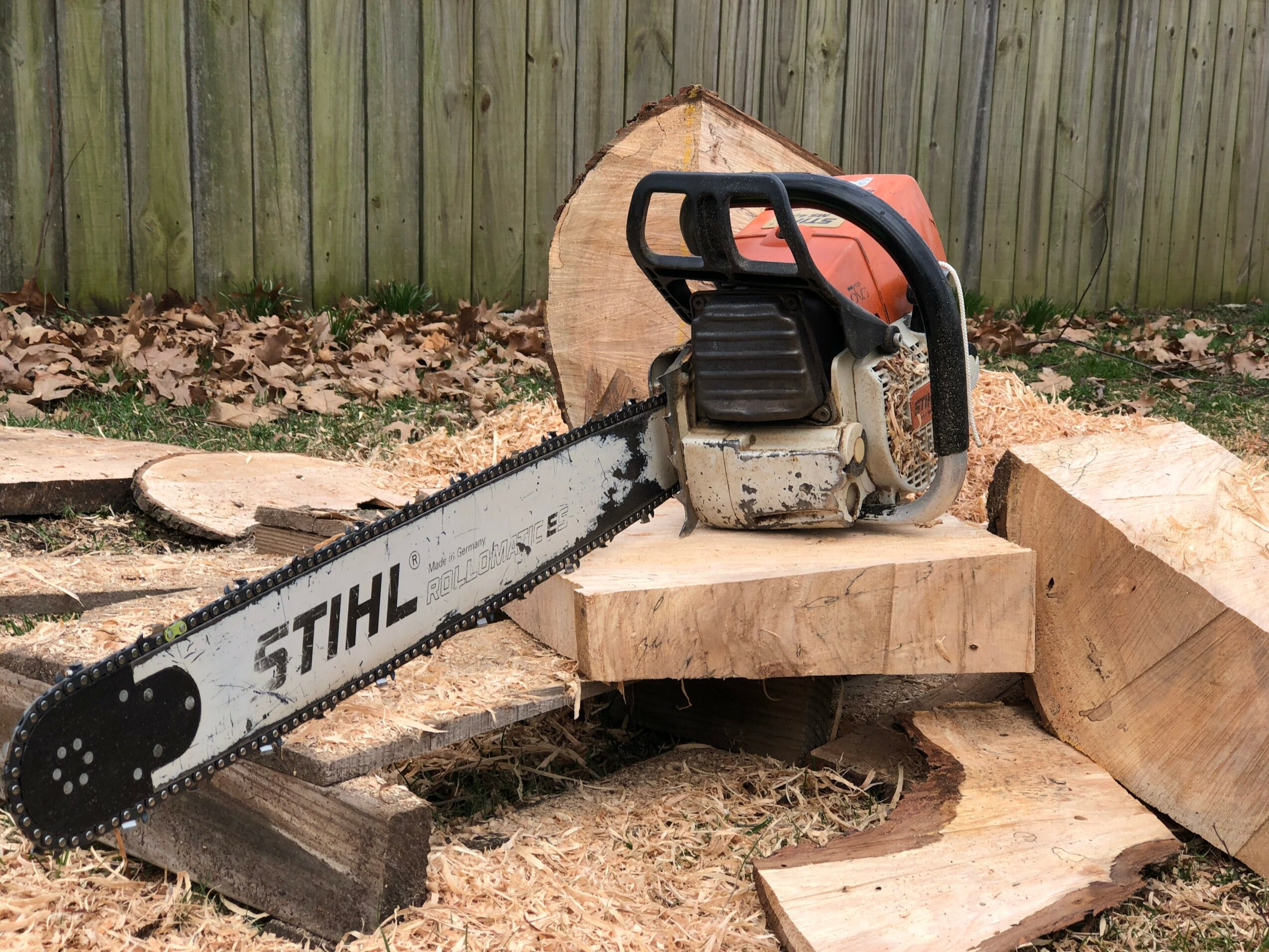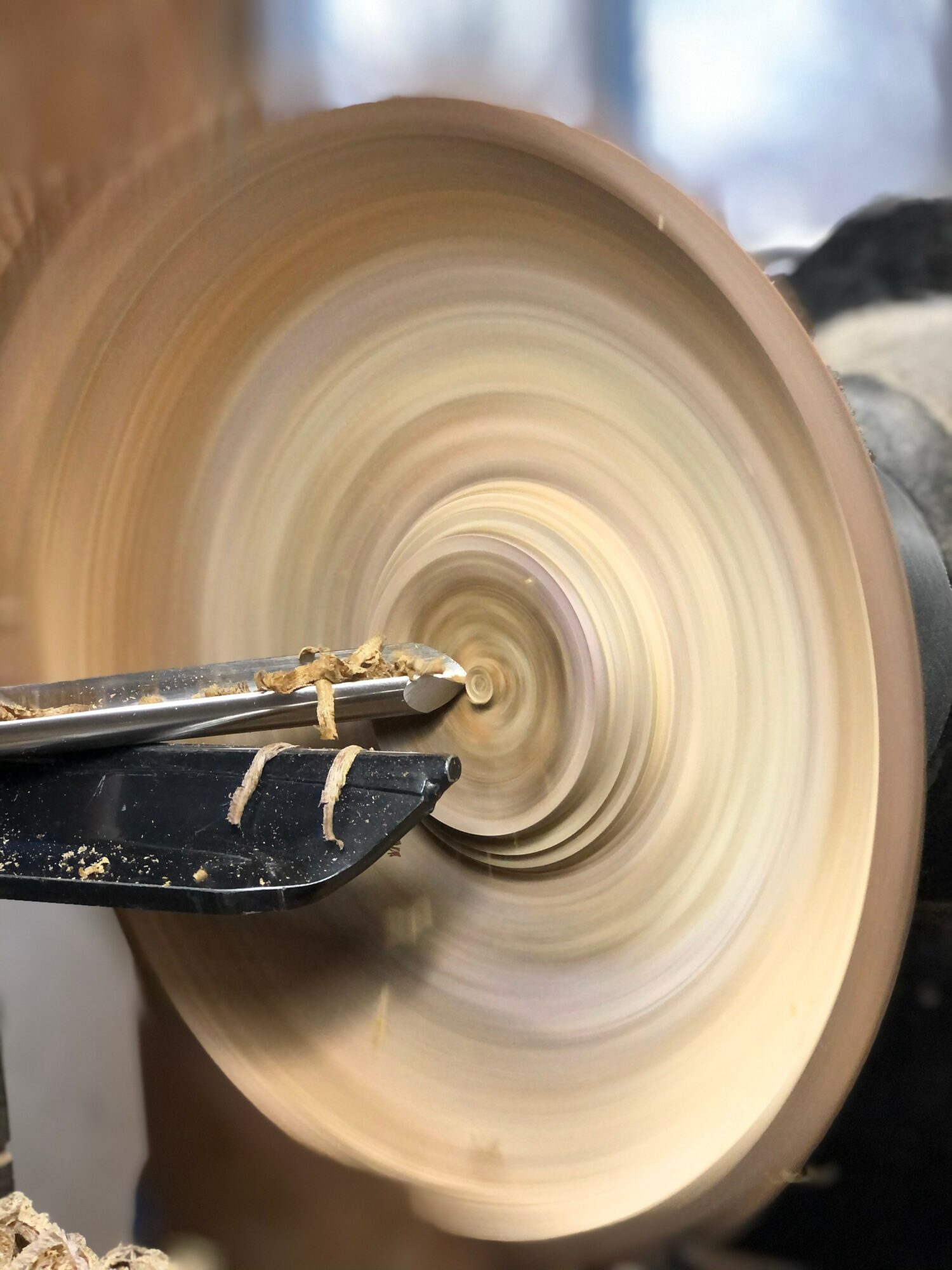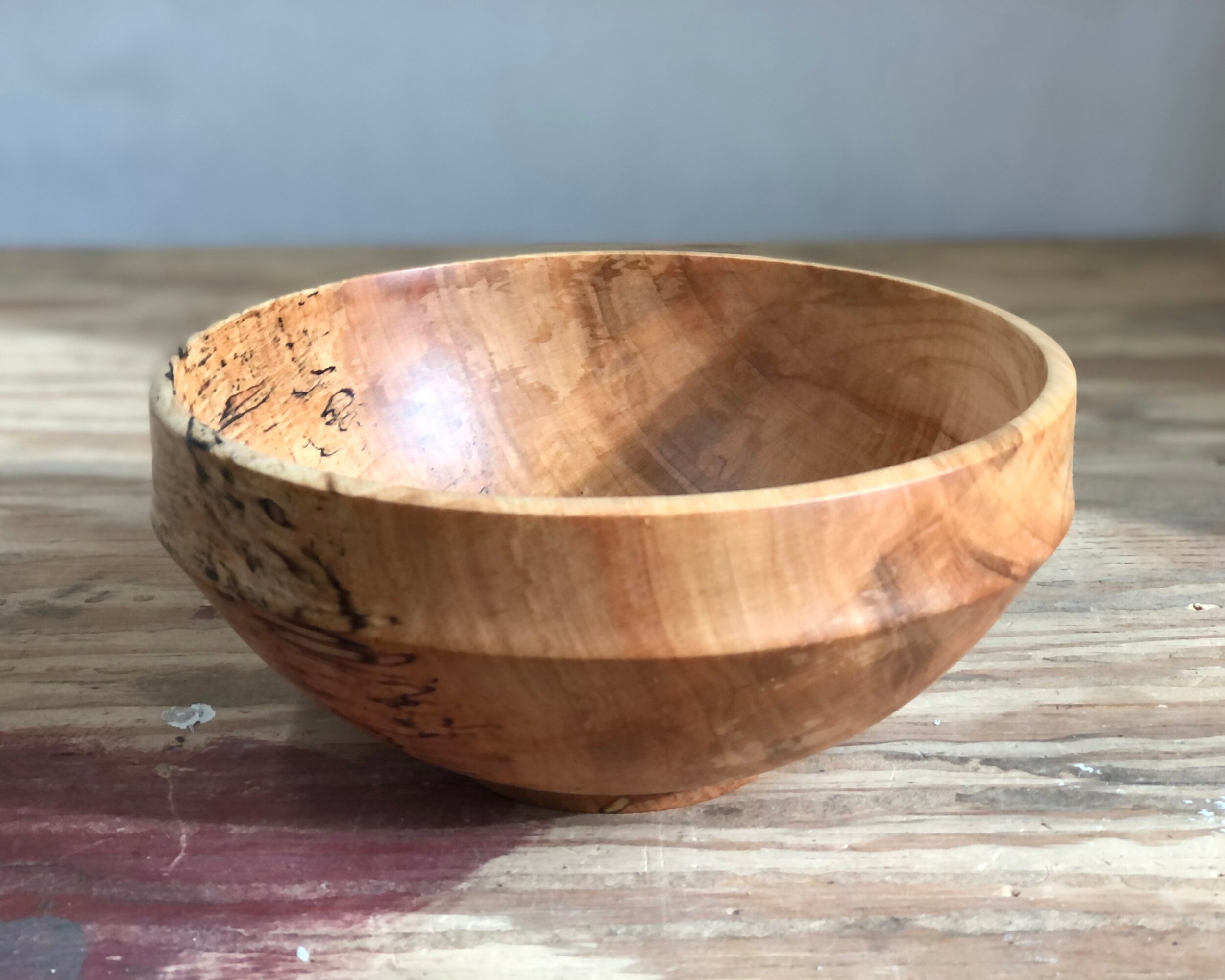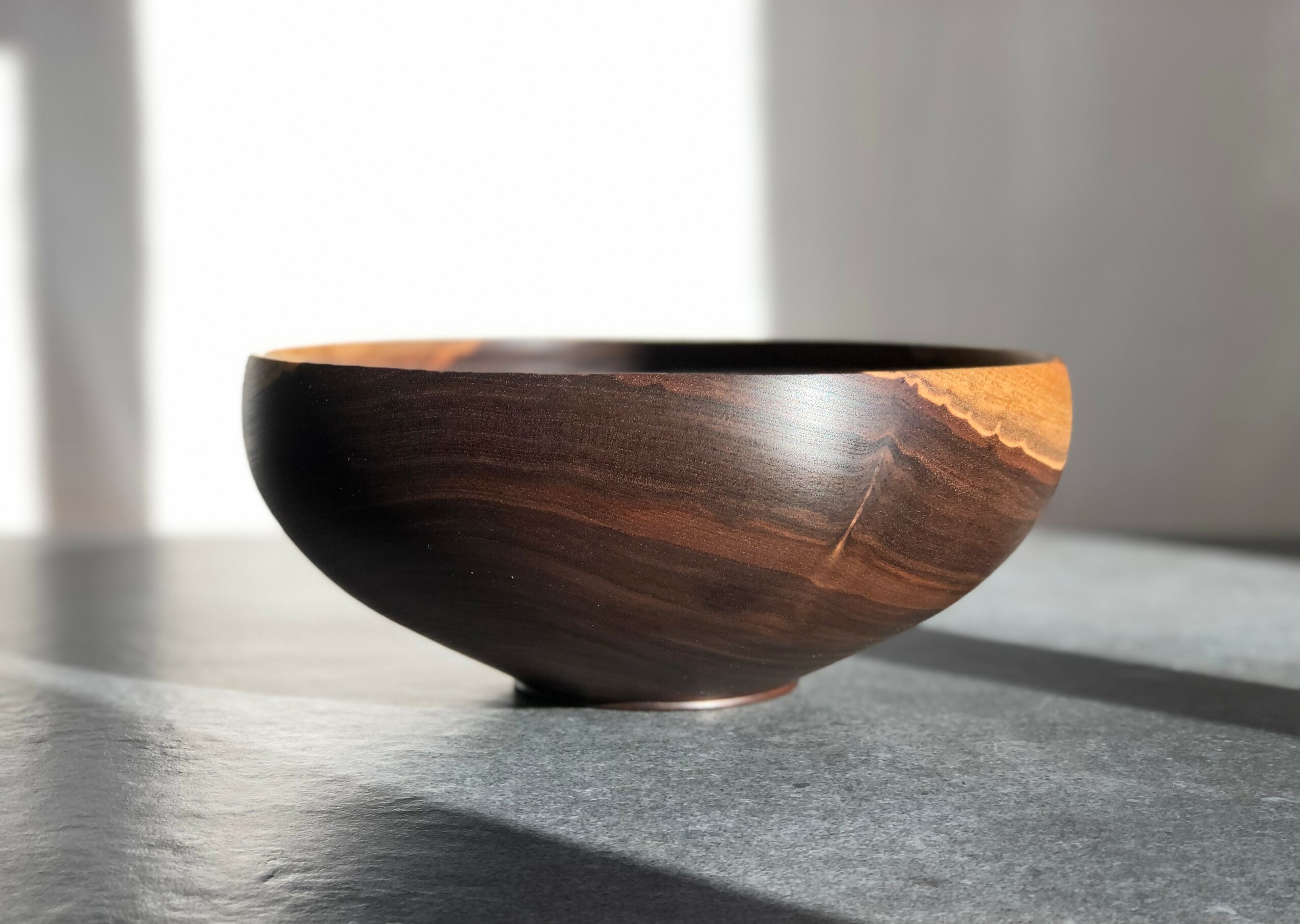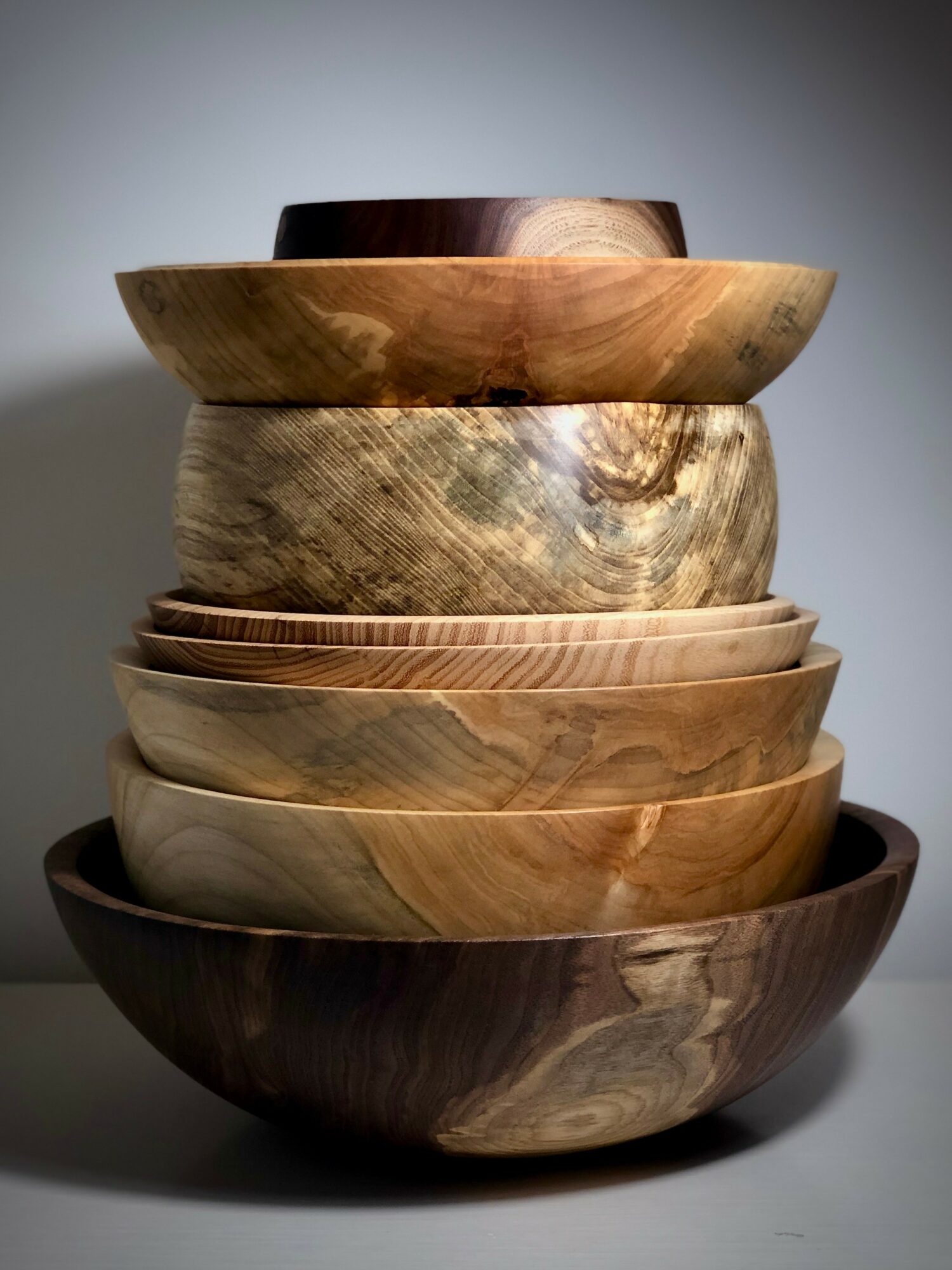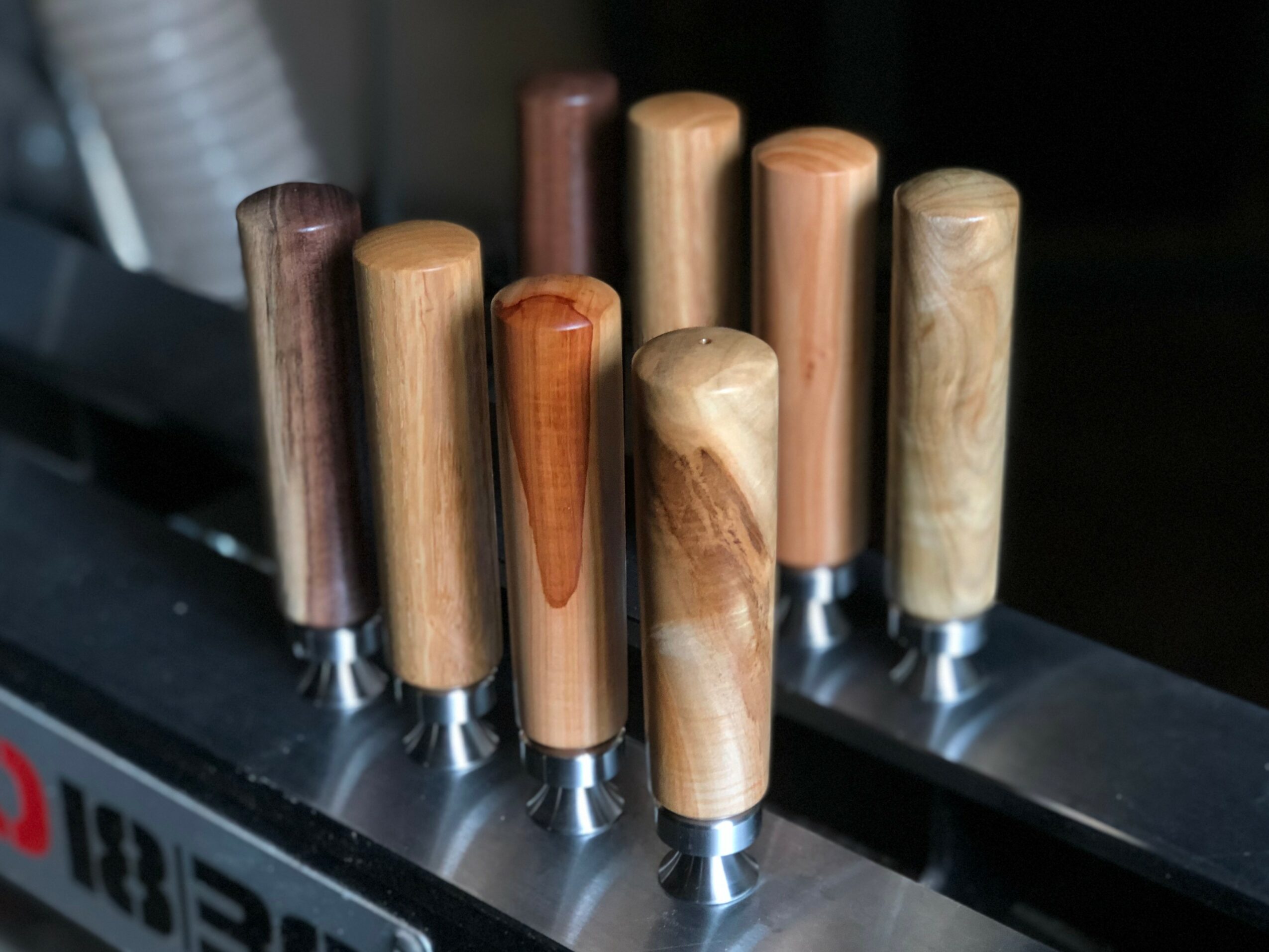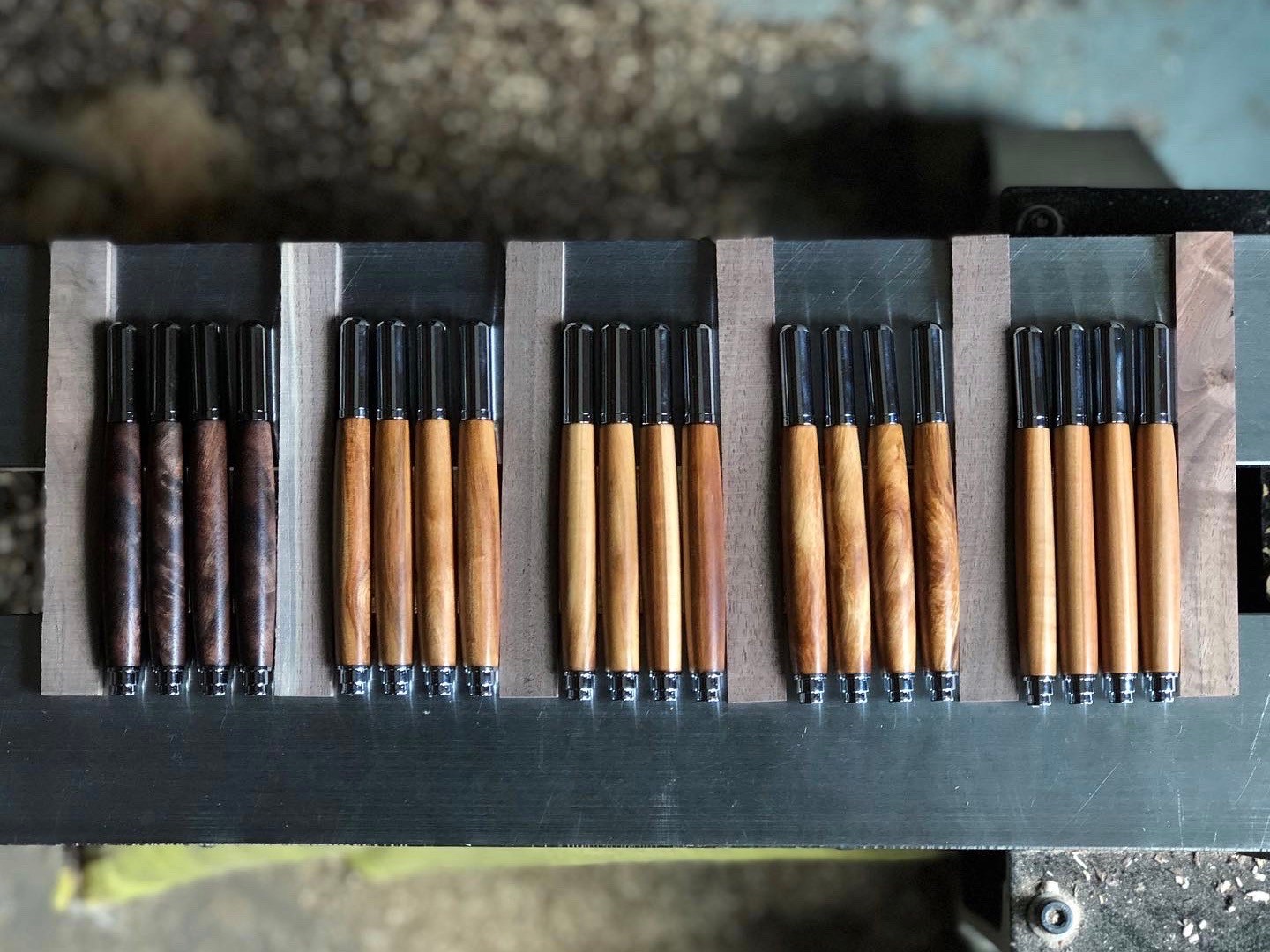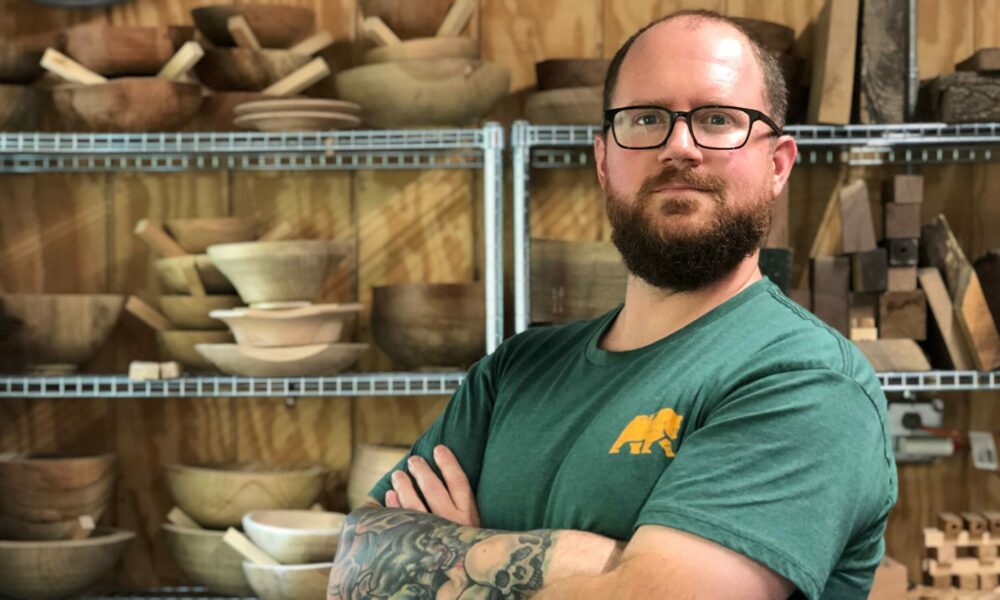

Today we’d like to introduce you to Phill Sikes.
Hi Phill, so excited to have you with us today. What can you tell us about your story?
As a kid, I was interested in drawing, designing, and working with my hands. Working with wood was an accessible activity growing up and I eventually started refinishing guitars and building furniture. But it wasn’t until my wife and I moved to Kansas City that I was introduced to the lathe and learned to turn wood bowls and objects. It started out as a hobby, then turned into a passion.
After my son was born, I left my job in IT to pursue a career in wood part-time and to care for our son. I focused on furniture initially, building tables and repairing furniture in addition to creating turned objects on the lathe. Attempting to start a business and being a full-time dad definitely had its challenges. Eventually, I realized lathe work was what really drove my creativity and decided to focus solely on turned objects. Since then I’ve been able to focus on my work, balance home life, and build my business around woodturning.
I produce a variety of products for everyday use, such as bowls, writing instruments, and kitchen items, and create art objects for use and display purposes. Teaching is another part of my business, I’ve recently begun to offer classes and mentorship to interested students, and I demonstrate for woodturning clubs and organizations. I am grateful for the opportunity to have my work included in local and national exhibitions and in homes throughout the world.
We all face challenges, but looking back would you describe it as a relatively smooth road?
Making the decision to leave my job in IT after my son was born was a big leap of faith and I couldn’t have done it without the full support of my wife. She works for a wonderful company and we’ve been blessed every day since making the choice for me to care for our kids and pursue woodworking. But it certainly has come with its challenges.
The most difficult thing is balancing time in the shop with home life. My family comes first and my wife and I have had to get very creative to make our schedules work.
We’ve tried a little of everything, I even started getting up at 4 am after our second child was born, to get a few hours in the shop before the kids woke up and my wife left for work. Ultimately I have a lot of ideas for pieces and production work I’d like to be able to do, but right now being a good father and husband is more important. Slowing down and knowing it’s a marathon and not a sprint is vital to remember every day. This isn’t a “side hustle” for me, it’s something I’m passionate about and see myself doing every day for the rest of my life.
Measuring success in small incremental achievements over the years has been challenging and humbling. I try not to pay attention to where others are on their journey or how quickly they might be rising. I focus on making my work the best it can be right now and know I’ll have more time to pursue other ideas when my kids are older.
Can you tell our readers more about what you do and what you think sets you apart from others?
My work starts with urban trees that have been taken down due to age, damage, or progress. Usually, these trees end up in a landfill, but I am able to process them into raw materials from which to make my products. Before a piece of wood is shaped on the lathe, it has been salvaged, chainsawed into usable sizes, and carefully dried. Wood is always in motion, even after being cut down and it takes knowledge of the material to work with fresh-cut logs successfully.
Once the material is ready, I begin the process of turning a piece of timber into a bowl, vessel, or object. My early work was primarily utilitarian items such as salad bowls, serving platters, writing instruments, and other small home goods. I still produce these and mainly offer them through local and regional retailers I’ve been able to connect with over the years. More recently my work has tended toward sculptural vessels that highlight the beauty of the timber and have a timeless shape. I take inspiration from pottery, traditional crafts, and the natural world around me. I take great pride in my process and the technique I employ to craft my pieces.
I consider myself a craftsperson and strive to do my best work. You can buy a wood bowl from anyone, but when you purchase one of my pieces you are getting my years of experience and dedication to the craft. I often say that I am a student of woodturning because I am always learning and practicing my craft. Teaching and educational opportunities are a way I share my passion for craft with others and bestow value on the everyday objects we take for granted.
We’d love to hear what you think about risk-taking.
I don’t consider myself a risk-taker, but most would see leaving my career in IT to become a woodworker certainly as a great risk and could have turned out much differently. Many people questioned my plan in the beginning and only years later could see how it all played out. It wasn’t a quick decision my wife and I made, but one we discussed, planned, prayed over and in the end, we didn’t consider it a risk. We saw it as a way to pursue the work we’ve been put here to do and raise children in a solid home environment.
In my day-to-day work, there is always a risk. Will I find buyers for my work? Will pieces sell well in the shops and galleries they are in? Will my work be relevant or put on the 50% off end-of-season sale table? A lot of these things I have little to no control over. What I do control is the creation of the work, and in that, there is a great risk. David Pye wrote a book called The Nature And Art Of Workmanship and in it, he discusses the “workmanship of risk” and “workmanship of certainty”. This idea has been debated and argued over for years, but when I look at my work I think about the risk a craftsperson takes in handcrafted work.
I use machines to make my pieces, but they are not machine-made. There is no mold, CNC, or button to push to pop out another widget. Every cut and decision that goes into them is a risk that I take, an opportunity that could make or ruin a piece. I use measuring aids for consistency. But no two pieces are exactly alike. I rely on my hands and eyes to know when something is right.
When you put it in those terms I take great risk in every piece I make, and I am quite happy to do so.
Contact Info:
- Website: https://www.phillsikes.com/
- Instagram: https://www.instagram.com/phillsikes/
